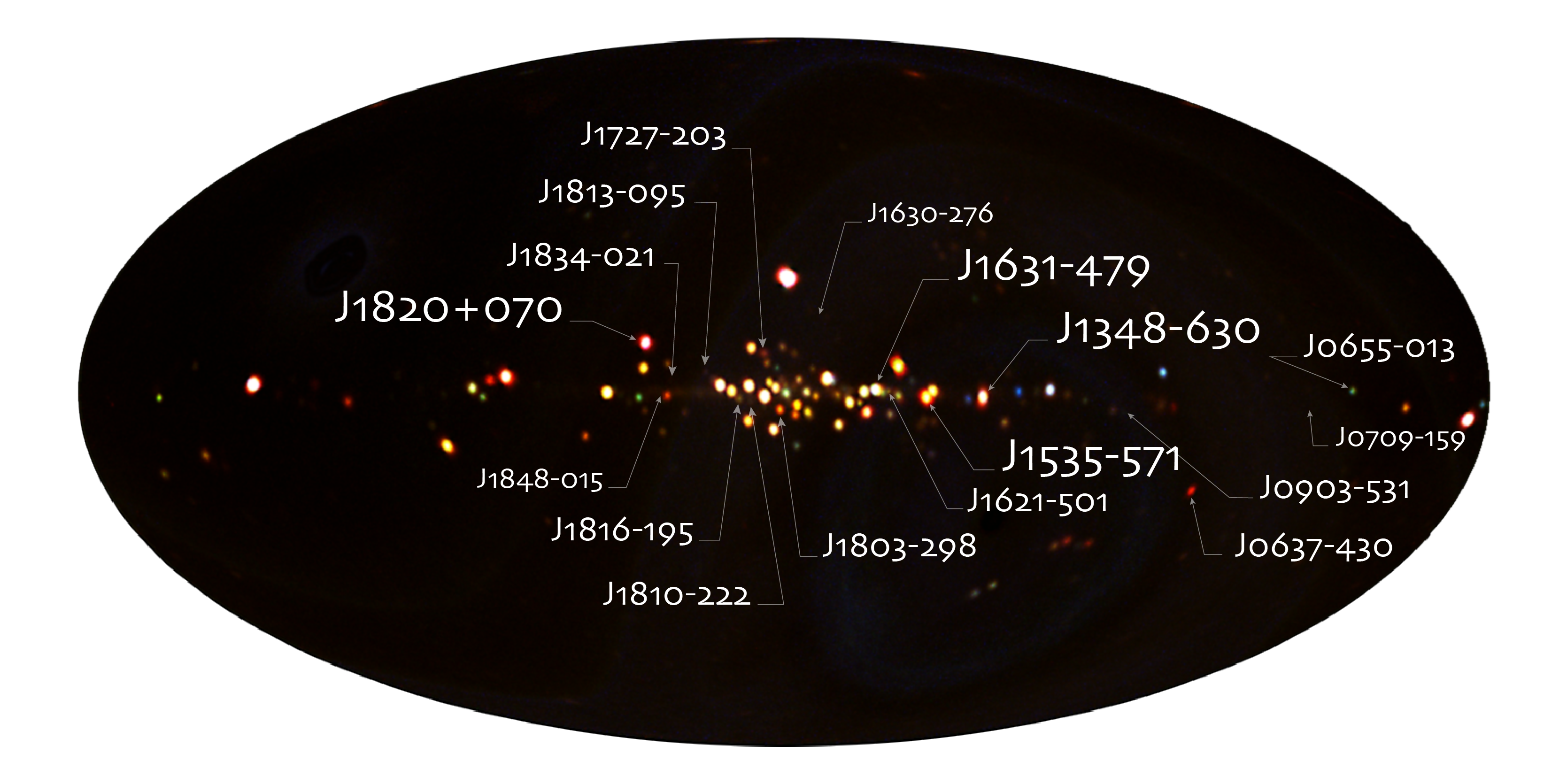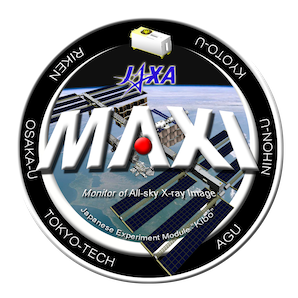MAXI 15 Year Workshop for the Time Domain Astronomy
Thank you for your participation !
We had 121 on-site participations.


Presentation is open. Visit "Timetable" tab. Click clip icon of each talk.
We are happy to announce to hold
the MAXI 15 Year Workshop for the Time Domain Astronomy
on December 10-12, 2024, at Nihon university, Tokyo Japan
to celebrate the 15 years of successful operation of MAXI, or Monitor of All-sky X-ray Image, an X-ray all-sky monitor onboard the Japanese Experiment Module of the International Space Station.
The registration for presentation and visa documents were closed. We have 119 attendance. 46 of them are from abroad.
In 1997, we organized the First MAXI Workshop at RIKEN entitled "All-Sky X-ray Observations of the Next Decade". From then, it took more than a decade for MAXI to start observing on orbit.Two decades later, time-domain astronomy is playing in the central arena of studies in the physics of the Universe, with MAXI watching the variable X-ray sky since August 15, 2009.
Currently, wide-sky discovery engines, like Swift, Fermi, EP and MAXI, provide the astrophysical transients to follow. Ground based facilities, such as ZTF and ATLAS, are also finding cornucopia of new sources to explore, augmented by recent additions of observatories for non-electromagnetic messengers, namely, gravitational waves and neutrinos.
For follow-up observations of these transients, telescopes with flexible scheduling capabilities are becoming more important. In space, telescopes on Swift, NuSTAR, NICER, and HXMT have been aggressively following transients. Automatic follow-up system on ISS, OHMAN, has been functioning. Small satellites such as GECAM and cubesats such as NinjaSat have been taking their unique roles. On the ground, small to medium sized telescopes such as GOTO are found to be very useful for these studies. Big observatories, both ground- or space-based, remain important in cases where sensitivities or high resolution are essential. Ground large quick telescope such as VLT/X-shooter, and GTC/ORISIS+ are very effective. Chandra with high positional resolution, XRISM with high energy resolution and IXPE and Polix with polarimeters are on orbit.
MAXI has been uniformly scanning the entire sky for the 15 years, and has been regularly reporting the discoveries to Astronomers Telegram and GCN; detections of outbursts of new or previously known X-ray sources including discoveries of 14 new galactic black holes binaries such as MAXI J1535-571, and MAXI J1820+070, a hundred of gamma-ray bursts, tens of giant stellar flares, and a couple of very rare phenomena, namely the relativistic tidal disruption event Swift J1644+57 and ultra luminous soft X-ray nova MAXI J0158-744. The accumulated scan data are processed to generate the 3MAXI catalogs of X-ray sources with 896 entries.
In this workshop, we hope to review the scientific results triggered by the MAXI observations. The topics include physics of high energy astrophysical sources, their emission, accretion, and outflow processes, in particular, those of black holes, neutron stars, and active stars. We also hope that this workshop will facilitate new research collaborations for the coming decade between theorists and observers at all wavelengths.
Tatehiro Mihara (RIKEN) and Hitoshi Negoro (Nihon-u)
on behalf of the MAXI 15 year workshop organizers
http://maxi.riken.jp/conf/15year
Invited speakers :
Jamie Kennea (Swift, USA)
Sean Pike (NuSTAR, USA)
Lian Tao (HXMT, China)
Roger Romani (IXPE, USA)
Weimin Yuan (Einstein Probe, China)
Erik Kuulkers (INTEGRAL, ESA)
Biswajit Paul (Polix, India)
Jean-Luc Atteia (SVOM, France)
Makoto Tashiro (XRISM, JAXA)
Anna Ho (ZTF, USA)
Megumi Shidatsu (MAXI transients, Ehime-u)
Chris Done (BH binary, UK)
Alexandra Tetarenko (Radio, Canada)
Stéphane Corbel (Relativistic jets, France)
David Russel (BH binary, UAE)
Kevin Alabarta (XB-NEWS, UAE)
Tomokage Yoneyama (XRISM transients, Chuo-u)
Tomoshi Takeda (NinjaSat, Riken)
Wataru Iwakiri (NICER, Chiba-u)
Scientific Organizing Committee :
Hitoshi Negoro (Nihon U.), Tatehiro Mihara (RIKEN), Megumi Shidatsu (Ehime U.),
Motoko Serino (AGU), Mutsumi Sugizaki (Kanazawa U.), Motoki Nakajima (Nihon U.),
Wataru Iwakiri (Chiba U.), Yohko Tsuboi (Chuo U.), Satoshi Sugita (AGU),
Ken Ebisawa (JAXA/ISAS), Yoshihiro Ueda (Kyoto U.), Nobuyuki Kawai (RIKEN)
 |
 |
This workshop is sponsored by Japan Tourism Agency "promotion of international conferences in university". 

